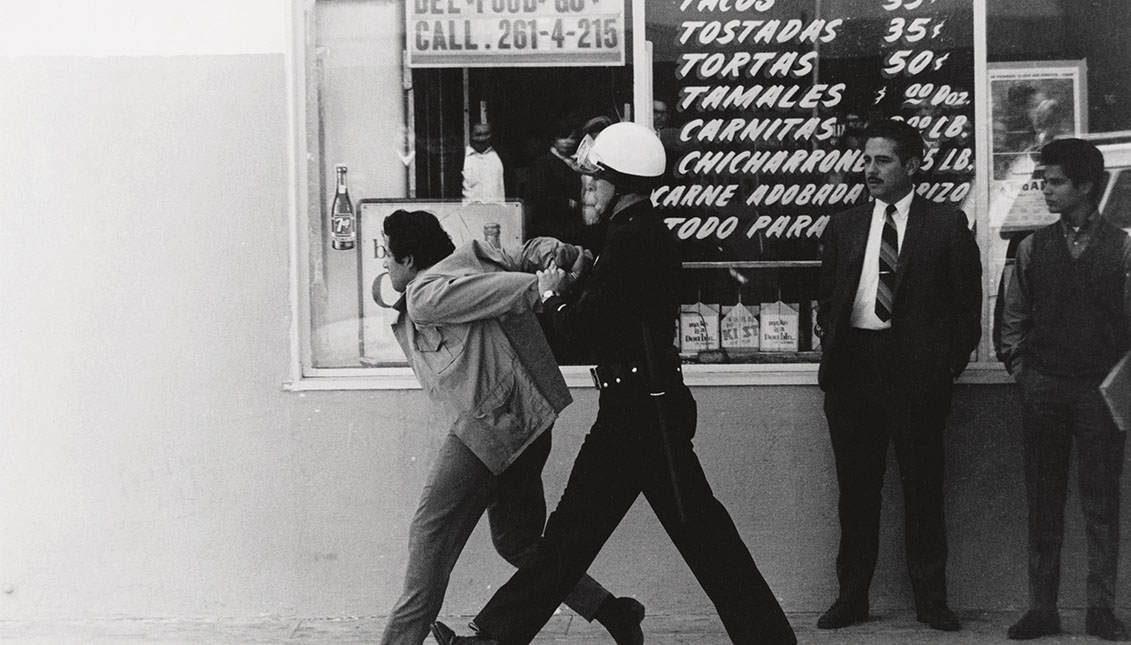
Elizabeth Ferrer: "Latinx photographers have been excluded from the history of the United States"
The curator and art activist collects in an unprecedented research the visual history of the community since the late nineteenth century.
Photographer Berenice Abbot once said that photography could only represent the present, while the photographed subject became part of the past.
In the time frame in which the images that make up Elizabeth Ferrer's powerful essay, Latinx Photography in the United States: A Visual History, were taken, in some cases, two centuries have passed. In others, 60 or 70 years, and yet many of them remain, to use a photographic term, "out of focus" in American history.
It's a history that encompasses some 60 million people that has rarely been the subject of a full retrospective look or essay because one aspect of the "privilege" is to write history and erase the parts that are disturbing.
That is why the work of the art activist, curator and writer is especially relevant, gathering a graphic testimony that shows the great diversity of identity, race and idiomatic identity of the Latinx in the United States in a detailed work of visual archaeology .
"I undertook the writing of an exhaustive study of Latinx photographers from the 19th century to the present in order to address a single issue: in general, Latinx photographers have been excluded from the documented history of photography in the United States," the author explained to a University of Washington blog.
RELATED CONTENT
Her work reveals the deep social and political commitment of Latinx photographers, especially since the 1960s and during the key years of the civil rights struggle.
At newspapers like La Raza, photographers like George Rodriguez, Ben Garza or Hiram Maristany documented Cesar Chavez's battle to get a fair deal for farm workers, the demonstrations and strikes against the Vietnam War in East Los Angeles, and for non-segregated education. They also generated their own imagery for the community and a link between the past and the present.
However, despite Ferrer's dedication to these photographers of the Chicano and civil struggles in particular, others, like Cuban-American A. Martí, are striking.
Martí worked for La Prensa newspaper and documented the changes in New York City as Puerto Rican migration arrived in record numbers. He also portrayed protests by Dominican citizens such as the one that took place in front of Rockefeller Center against the dictator Trujillo, and during Fidel Castro's visit to the city.
There are also more traditional scenes: beauty contests or parades of Latin heritage.
Perhaps, as Abbot said, the subjects captured by the lens are part of the past, but today more than ever, that past feeds and transforms our present by being remembered.


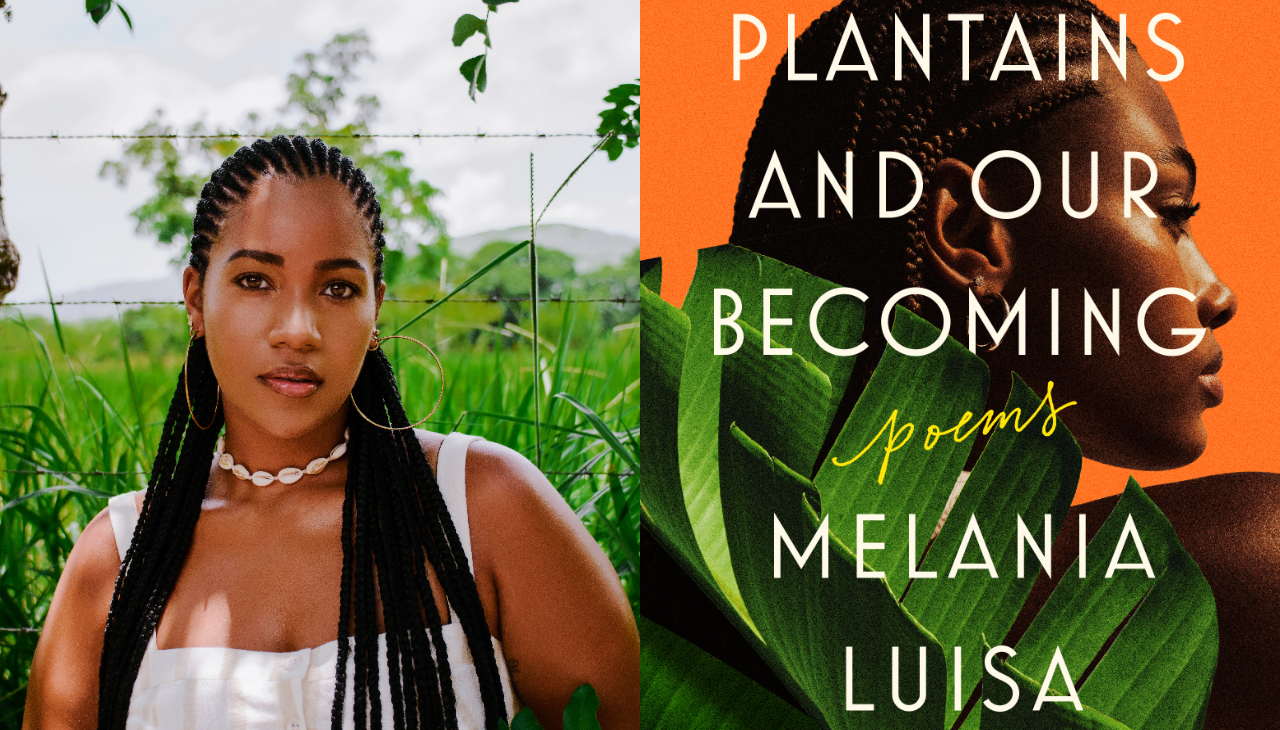
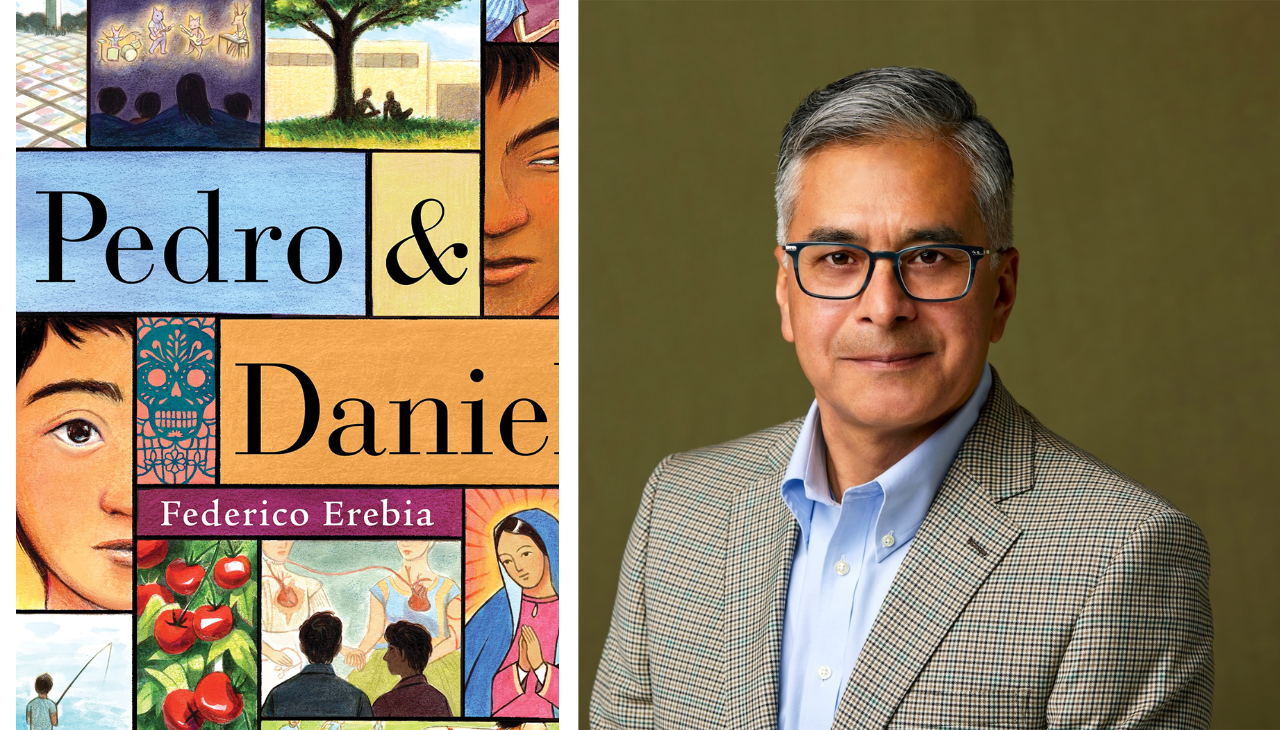
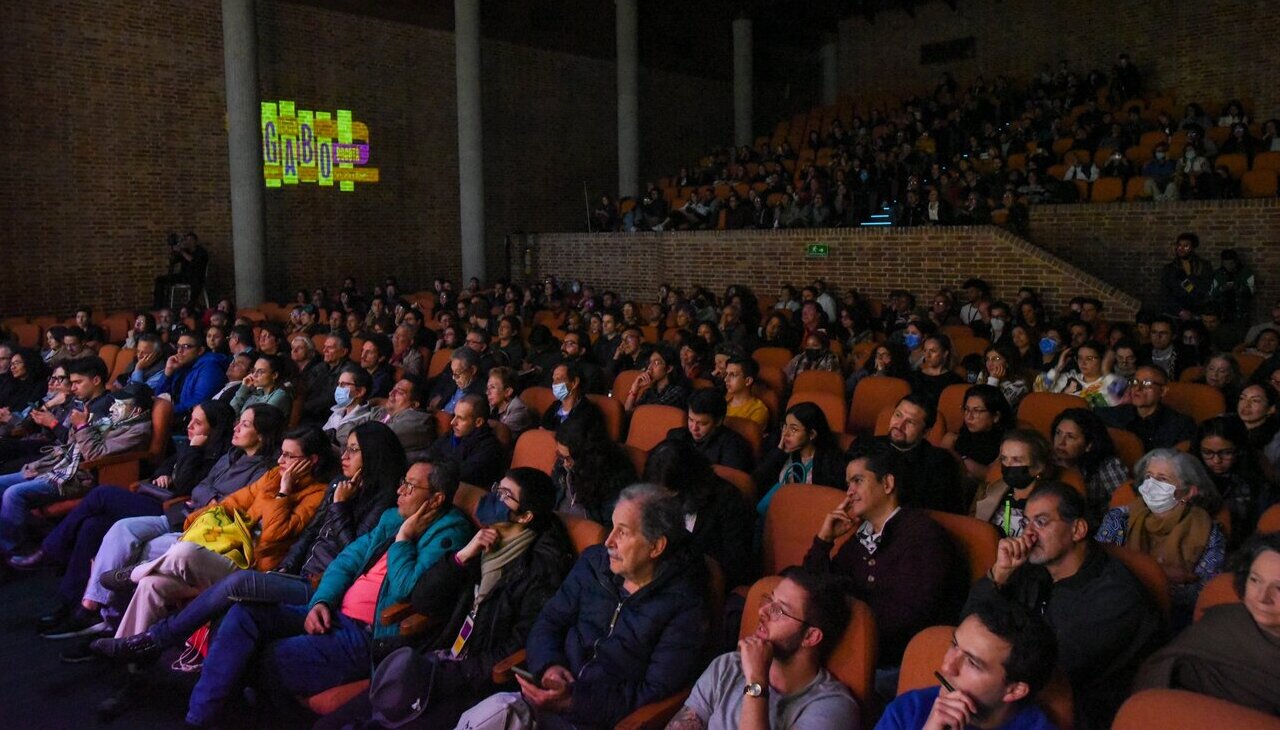
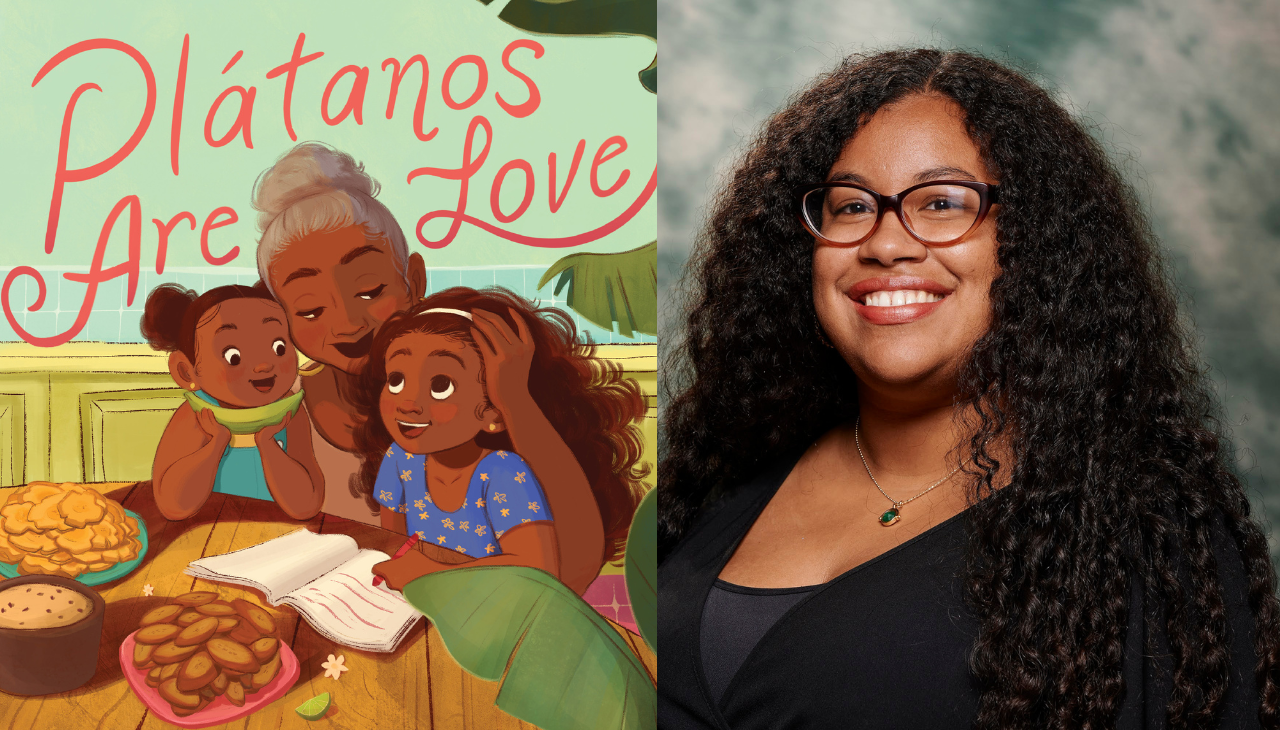
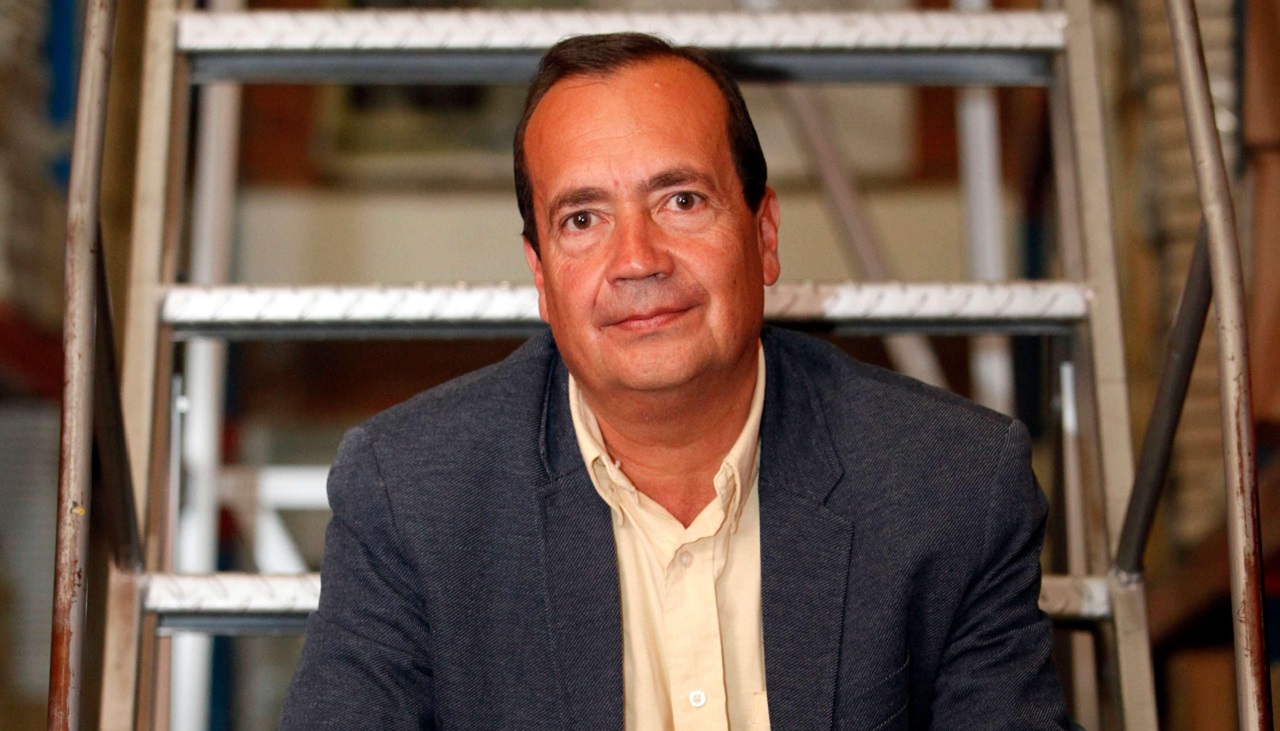


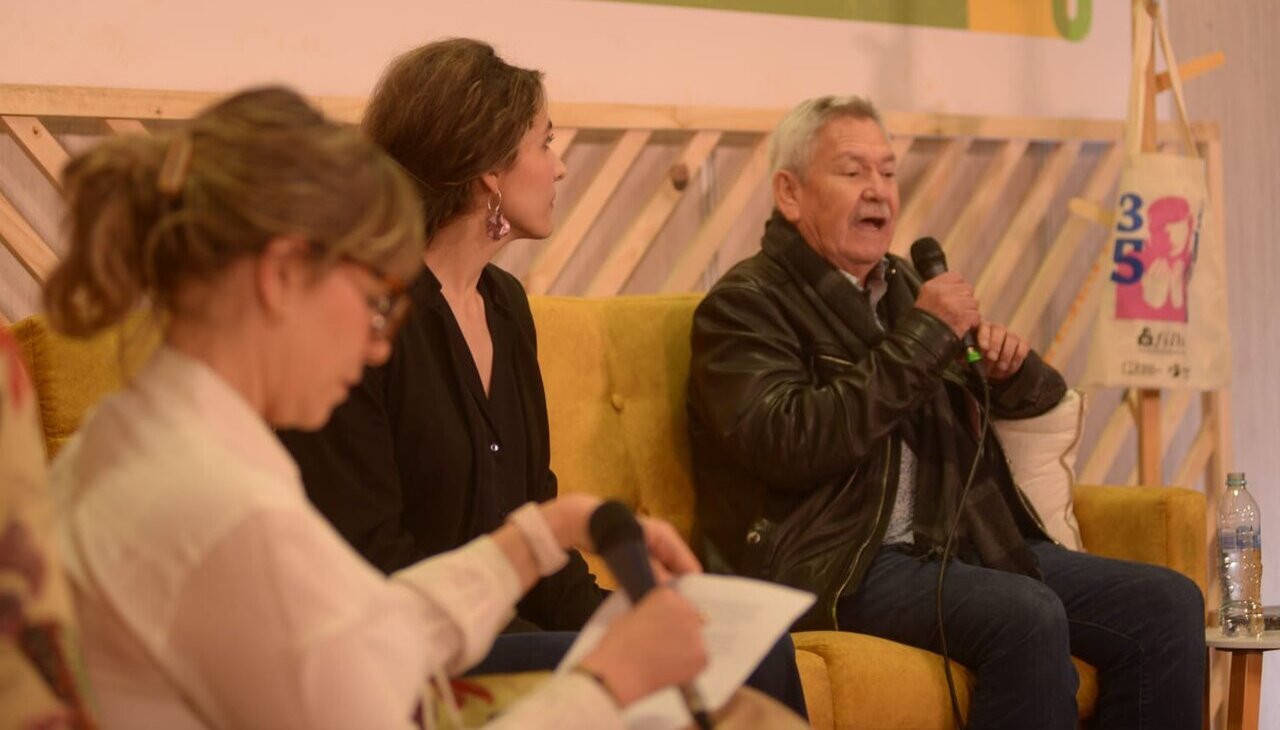

LEAVE A COMMENT:
Join the discussion! Leave a comment.